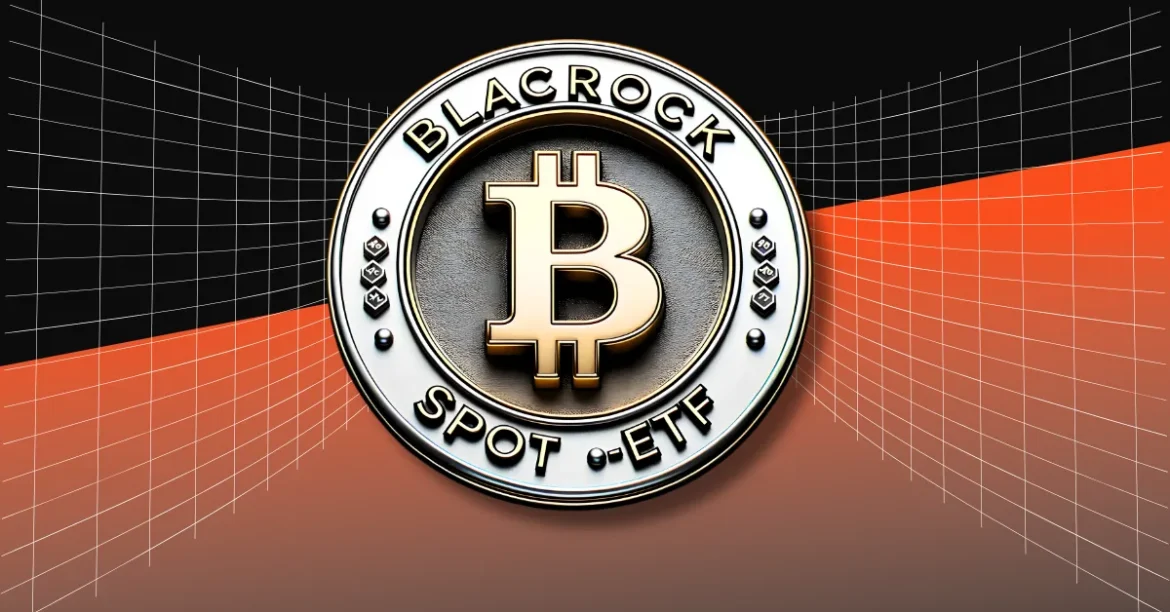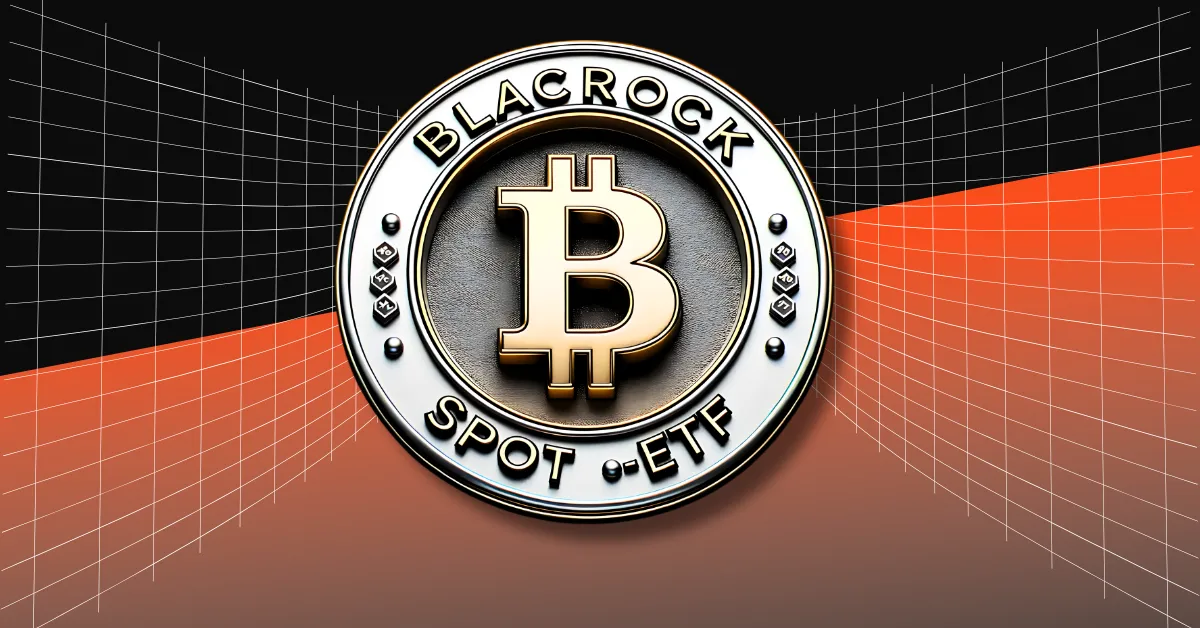BlackRock’s Imminent Entry into the XRP ETF Market: An In-Depth Analysis
The burgeoning interest in cryptocurrency exchange-traded funds (ETFs) marks a significant evolution in the mainstream financial adoption of digital assets. At the focal point of this development lies XRP, the native token of Ripple, which, alongside Solana (SOL), is garnering heightened attention from institutional investors and asset managers alike. Among these, BlackRock—the world’s largest asset manager—stands poised to transform the landscape by filing for an XRP ETF. This report consolidates recent expert commentary and market signals, principally from ETF specialist Nate Geraci, to comprehensively analyze BlackRock’s potential move, its implications for the crypto ETF market, and the broader institutional investment ecosystem.
Context: The XRP ETF Landscape and Regulatory Backdrop
XRP stands as the third-largest non-stablecoin crypto asset by market capitalization, making it a prime candidate for inclusion in regulated investment products such as ETFs. Historically, regulatory uncertainty clouded prospects for XRP-related ETFs, primarily due to Ripple’s protracted legal dispute with the U.S. Securities and Exchange Commission (SEC). This lawsuit centered on allegations of unregistered securities offerings, stalling XRP’s clearance for ETF approvals within the United States.
However, recent developments signal a turning point. As Ripple’s legal battles near resolution, confidence is rising among market watchers that an XRP ETF approval is no longer a speculative dream but a soon-to-be reality. Nate Geraci, President of The ETF Store and recognized ETF analyst, has been particularly vocal in expressing his conviction that significant institutional players, especially BlackRock, will capitalize on this opportunity.
BlackRock’s Strategic Position: Likelihood and Timing of XRP ETF Filing
Geraci’s views are underpinned by several key observations:
– Competitive Drive: BlackRock’s dominant position in global asset management means it is unlikely to cede leadership in nascent and lucrative markets, including crypto ETFs. The firm’s entry into the XRP ETF arena is seen as a strategic necessity to avoid losing ground to emerging competitors.
– Legal Resolution as a Trigger: Geraci forecasts that BlackRock’s formal filing for an XRP ETF will most likely occur immediately following the conclusion of Ripple’s case with the SEC. This timing would minimize regulatory risk and position BlackRock advantageously as a first mover once approval pathways clear.
– Inclusion of Solana: Notably, BlackRock is expected to pursue ETFs for both XRP and Solana, another prominent altcoin. This dual-asset approach reflects a broader strategy to capture market share across high-profile crypto assets beyond Bitcoin and Ethereum.
– Waiting for SEC’s Green Light: While multiple asset managers, including Fidelity and Franklin Templeton, have already filed or are preparing filings for XRP ETFs, BlackRock appears to be adopting a patient stance, aiming to enter the fray with a robust offering after regulatory clarity increases.
Market Impact and Investor Sentiments
The anticipated launch of a BlackRock XRP ETF carries several implications for investors and the cryptocurrency market:
– Institutional Credibility and Capital Influx: BlackRock’s entry is expected to bring enhanced legitimacy and attract substantial institutional capital to XRP. This could catalyze broader adoption and lend XRP greater stability through regulated investment channels.
– Price Dynamics: Experts, including Geraci, suggest the approval and introduction of a BlackRock XRP ETF would likely precipitate significant price rallies for XRP. Some forecasts envision potential spikes toward key psychological and technical resistance levels, possibly pushing XRP prices in the vicinity of $5, contingent on broader market conditions.
– ETF Product Diversification: The addition of XRP and Solana ETFs would neatly complement existing Bitcoin and Ethereum offerings, allowing investors diversified exposure to leading altcoins within a familiar ETF structure.
– Regulatory Sentiment: Approval of BlackRock’s XRP ETF would send a strong signal of regulatory openness, possibly facilitating further crypto ETF approvals and setting a precedent for digital asset inclusion in traditional portfolios.
Competitive Landscape and Market Dynamics
Currently, the race to secure XRP ETF approvals is intensifying across the asset management sphere:
– Early Movers: Several smaller and mid-tier firms have already filed XRP ETF applications, ranging from spot to leveraged products, reflecting a growing appetite for altcoin ETFs.
– BlackRock’s Advantage: Despite this activity, BlackRock’s unmatched scale, brand trust, and distribution network are expected to overshadow competitors upon its entry. Nate Geraci underscores that BlackRock will not “allow competitors to come in & launch ETFs on 2 of the top 5 non-stablecoin crypto assets w/out any sort of fight.”
– Fidelity and Franklin Templeton: Other giants like Fidelity and Franklin Templeton are also eyeing the XRP ETF market, suggesting a future landscape where major financial titans compete for crypto asset management supremacy.
Challenges and Considerations
While optimism is high, several challenges temper expectations:
– Regulatory Delays: The SEC’s historically slow decision-making process on crypto ETF approvals remains a significant wildcard, with multiple filings still under review and some facing delays.
– Market Volatility: Though ETFs mitigate direct exposure risk, the underlying asset’s volatility may still impact investor appetite and the overall fund performance.
– Public Perception and Investor Education: Widespread understanding of XRP’s utility and regulatory status will influence adoption levels for such ETFs, necessitating ongoing communication from issuers.
Conclusion: BlackRock’s XRP ETF—A Defining Moment for Crypto Institutionalization
The convergence of legal clarity, institutional demand, and competitive pressures situates BlackRock’s impending XRP ETF filing as a pivotal event for both the cryptocurrency and traditional finance sectors. This move symbolizes not just a product launch but an institutional endorsement of XRP’s legitimacy and potential. Nate Geraci’s insights offer a compelling narrative: BlackRock is not merely entering another asset class but is strategically positioning itself at the forefront of the next wave of crypto ETF innovation.
If BlackRock’s filing materializes post the SEC lawsuit resolution, it will likely mark the beginning of accelerated altcoin ETF proliferation, driving increased market maturity and new investment paradigms. For investors and industry observers, this development offers fertile ground for optimism, strategic planning, and renewed attention to regulatory evolutions shaping crypto’s integration into established financial ecosystems.





